Growing Premium Pinot Noir Grapes
Lichtenwalter vineyard is located about a mile up Ribbon Ridge Road in the Ribbon Ridge AVA. The vineyard is planted at 350 to 500 feet of elevation on an uplifted, ancient seabed with Willakenzie soils. These sedimentary soils have an excellent reputation for producing high quality wine grapes.
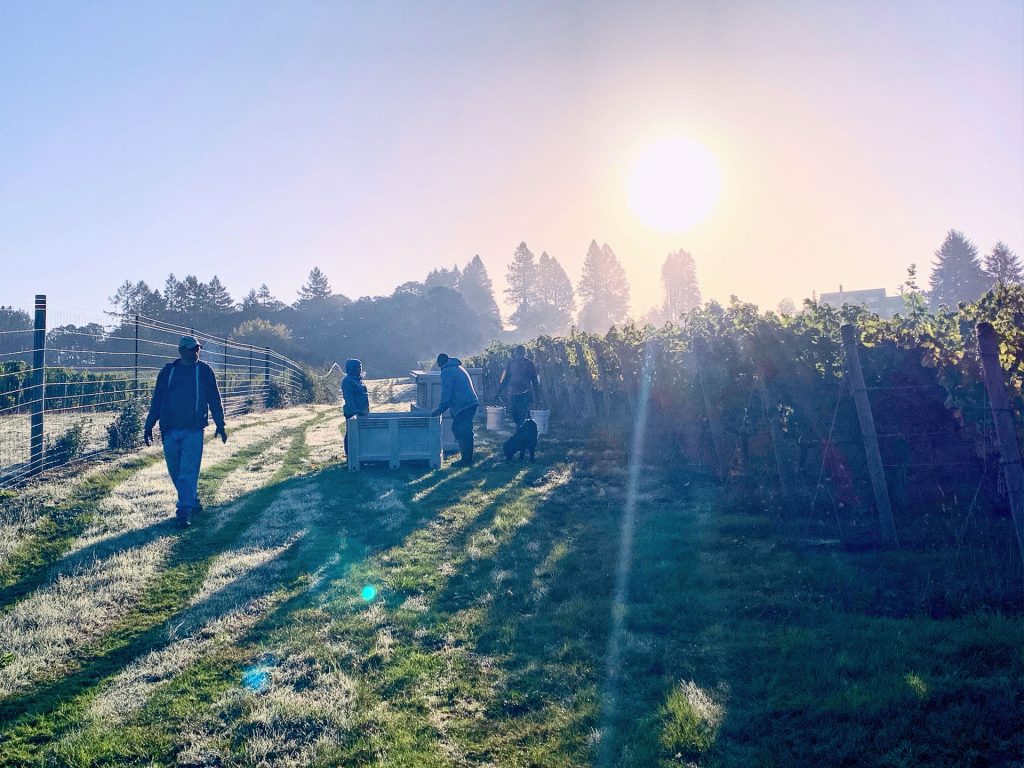
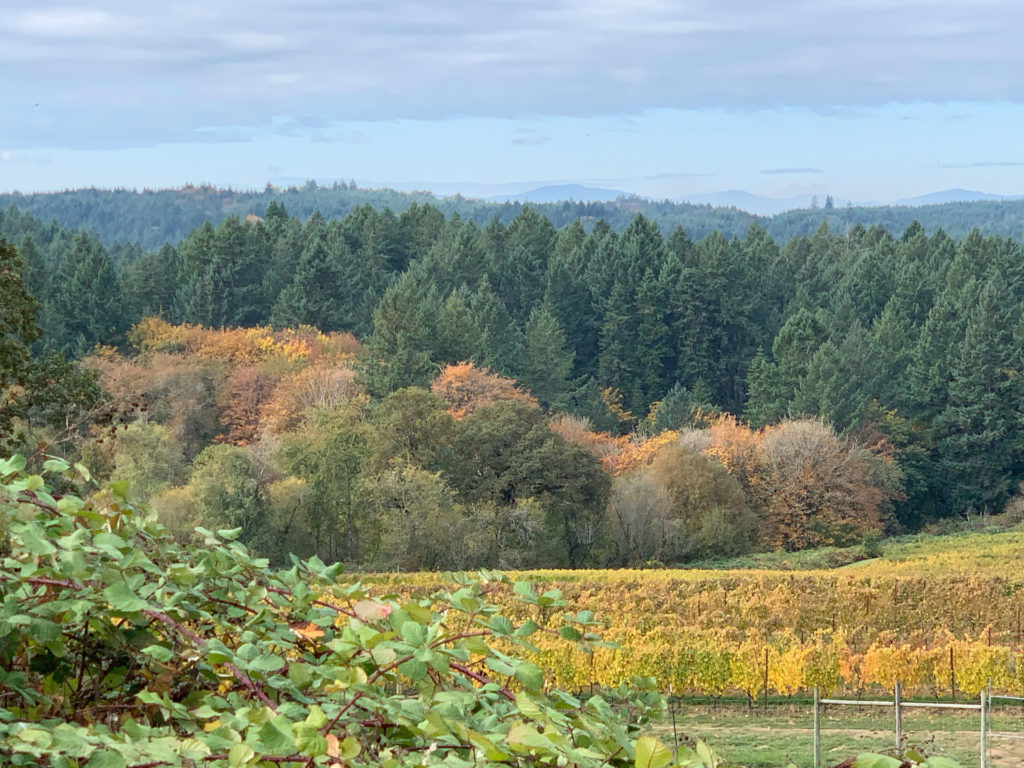
A forest of Doug Fir, Maple and Oak trees form the western boundary of the vineyard. Hawks and coyotes hunt for vermin while the deer and quail thrive in this bio-diverse habitat.
The vineyard’s southwesterly orientation, along with its marine sedimentary topsoil combine to evenly ripen fruit throughout the growing season.
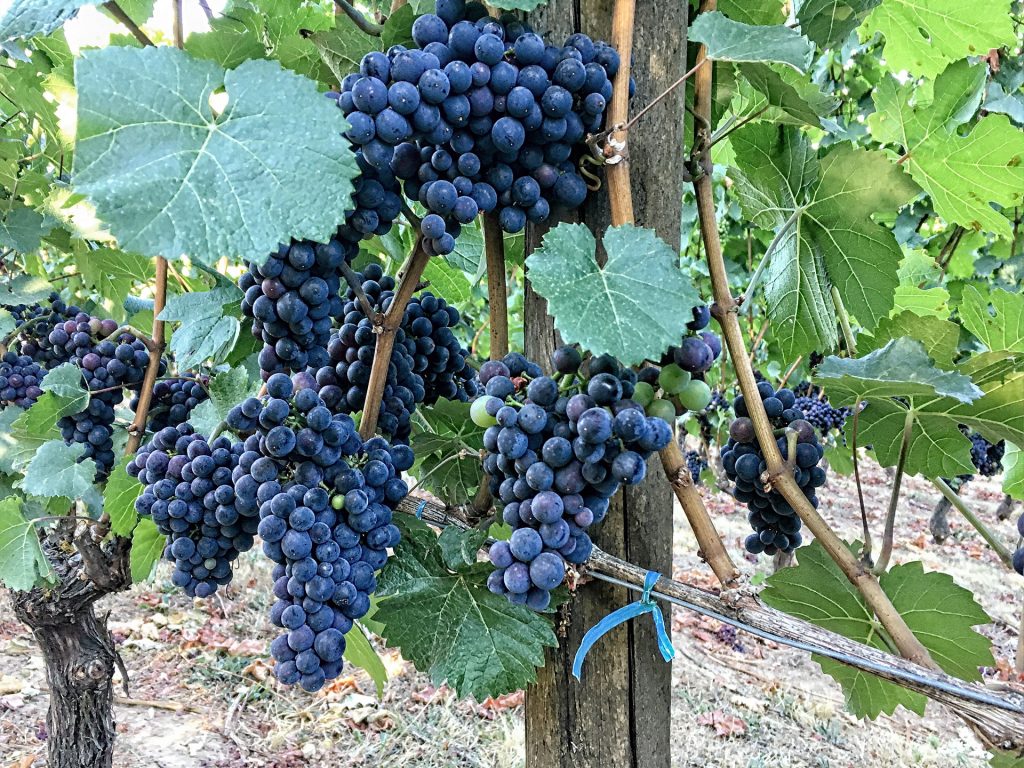
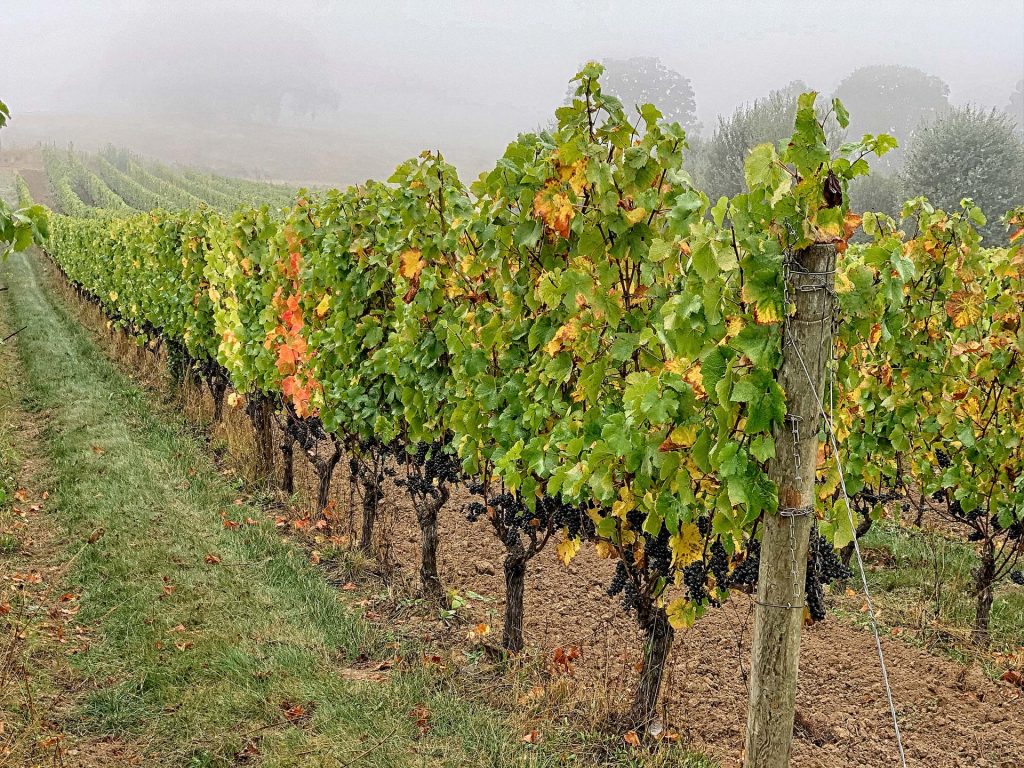
The vineyard is LIVE Certified (Low Input Viticulture and Enology) which certifies that international standards of sustainability are in place to preserve human and natural resources.
The vineyard is farmed using organic farming methods in a commitment to produce top quality wine grapes in a natural and healthy environment.
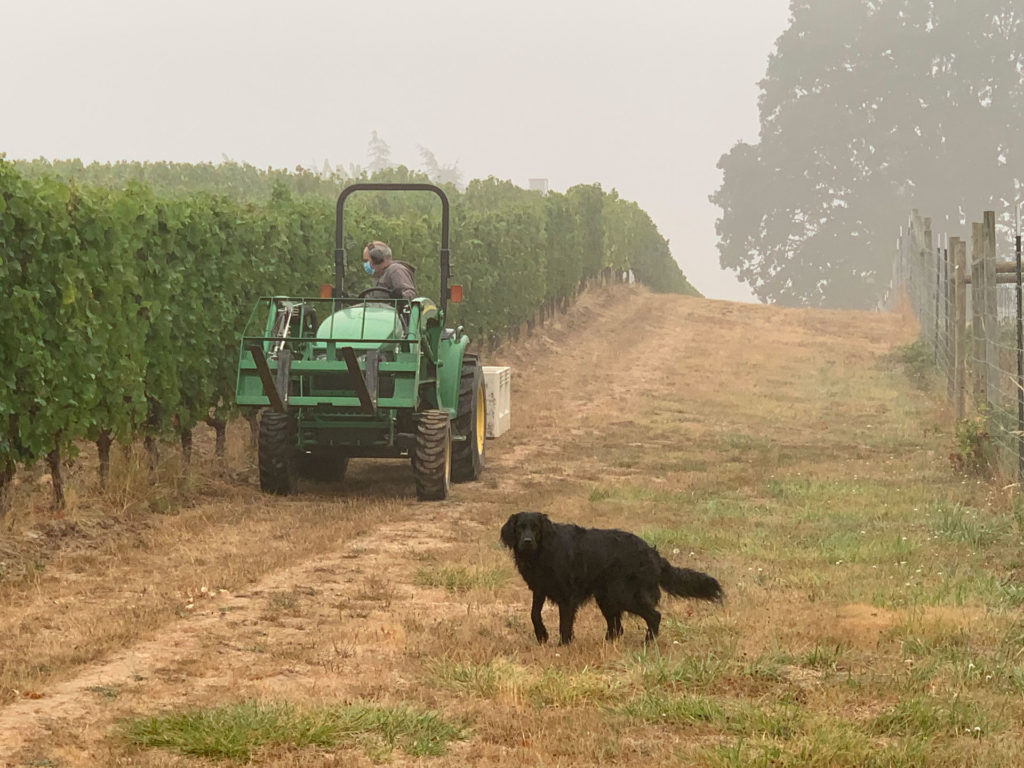
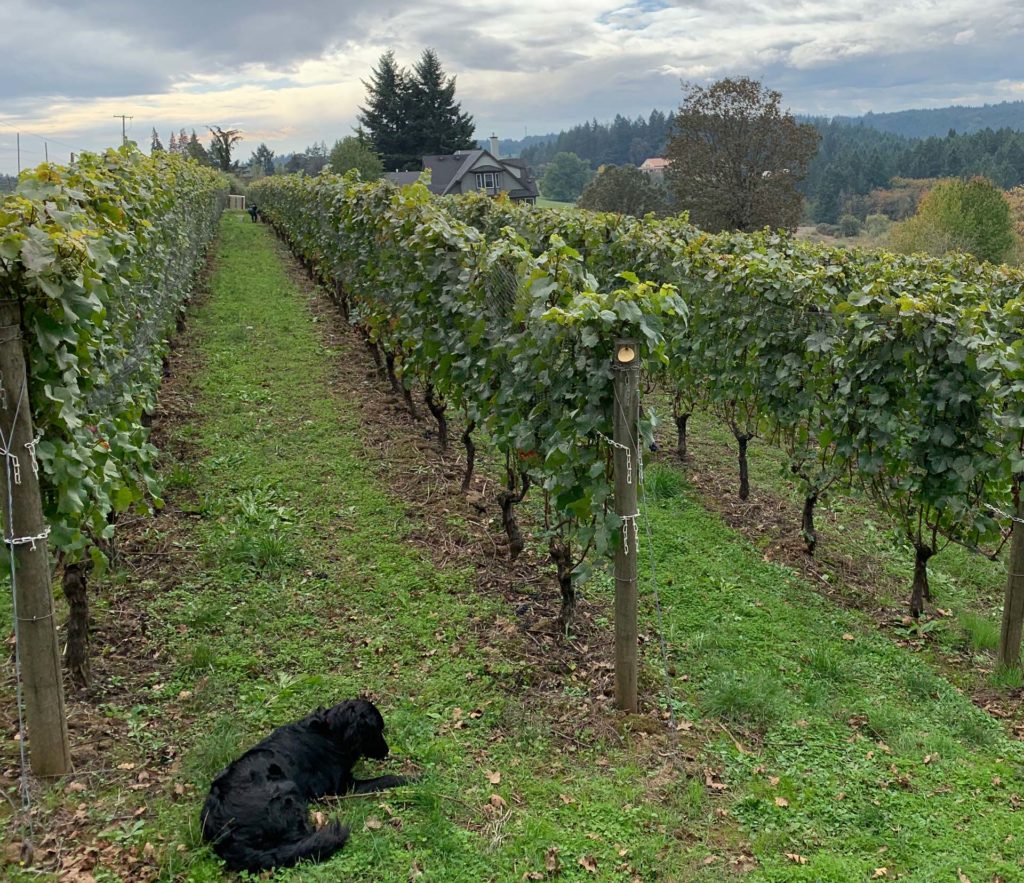
The Joy Block, named after Michael’s mother, was our first planting back in 2005 and embraces the field blend concept. Years ago, many European farmers planted different varieties of vines next to each other. Italian farmers even took it one step further, planting olive trees and other cash crops amid the grapes. In old field blend vineyards, there could be several different grape varietals in a single row of vines planted in a mosaic like pattern.

Today the standard is to plant wine grapes in blocks, separating different clones. Typically, the clones are kept separated until the final blending just before the wines are bottled. In the Joy Block, Pommard, Wadensvil, Dijon 113, 114, 115, 777, and 667 Pinot Noir clones are grown, harvested and fermented together comingling throughout the process
Travel back in time, when you taste the Joy Block, to the days of European field blends. We think you’ll agree that combining the clones together at the beginning of the wine making process produces a uniquely integrated, complex and flavorful wine.


 .
.
 .
.
©2024 Lichtenwalter Vineyard | All Rights Reserved